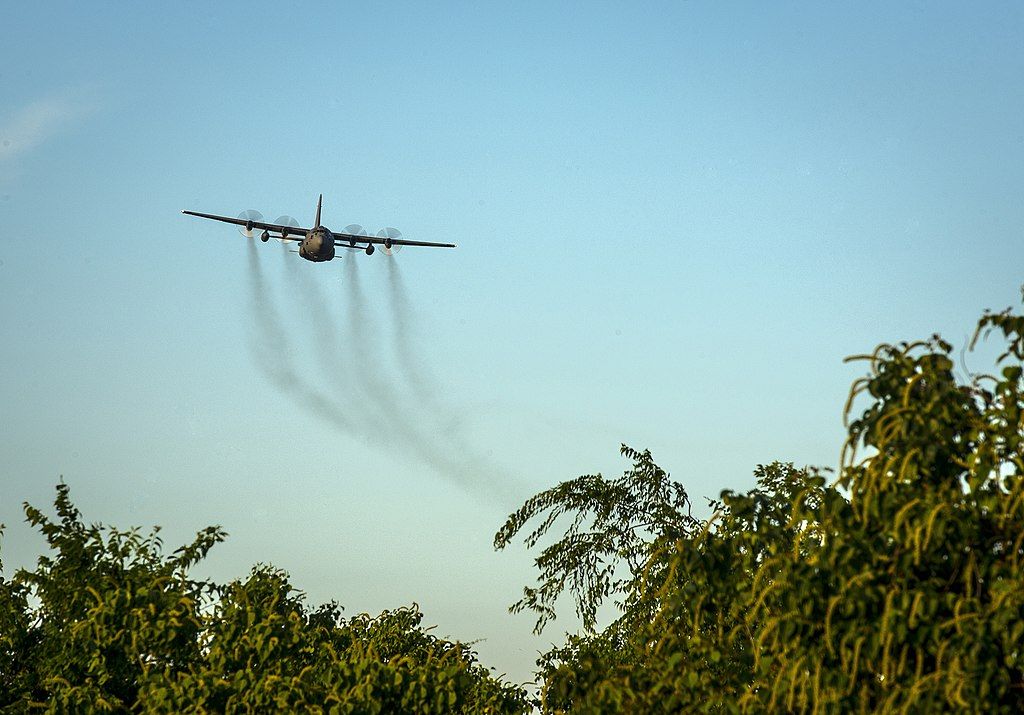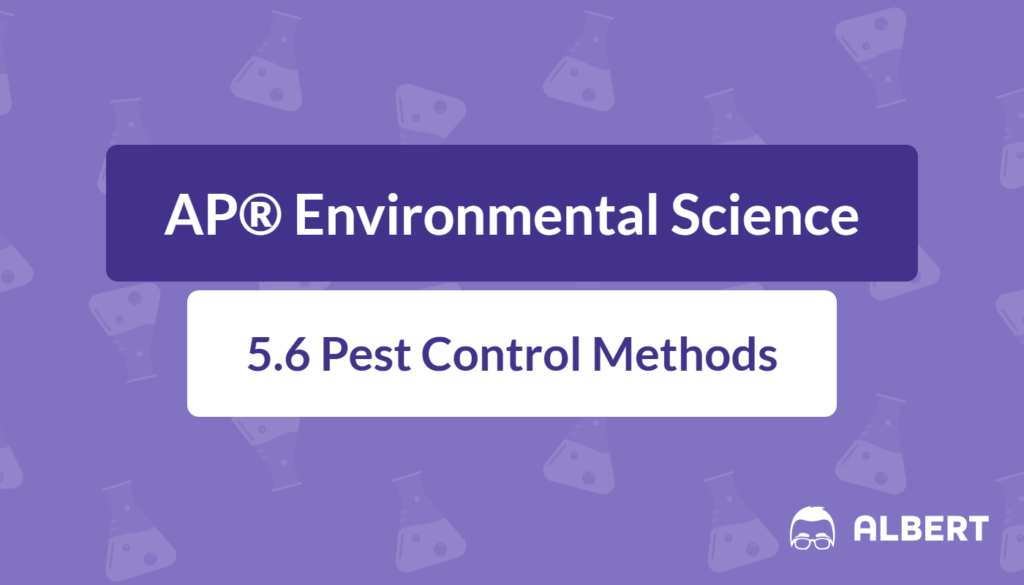What We Review
Introduction
Pest control is essential for ensuring a stable food supply and protecting ecological balance. In many regions, crop losses caused by insects, weeds, rodents, and pathogens can be significant. Therefore, employing effective strategies preserves not only harvests but also the broader health of ecosystems. This review explores various pest control methods, their benefits, and their drawbacks.
Understanding Pest Control Methods
Pest control involves reducing or eliminating organisms that cause crop damage or spread disease. Examples of pests include insects such as beetles and aphids, fungi that infect plant leaves and roots, and rodents that consume stored grain. Through careful intervention, farmers and environmental scientists work to safeguard crops and minimize economic loss while striving to protect biodiversity.
Agricultural pests can diminish yields and disrupt the wider environment. However, proper management methods strike a balance between supporting human needs and maintaining ecological integrity. For instance, a poorly planned approach might eliminate target organisms while harming essential pollinators or promoting pest resistance. Consequently, understanding both conventional and holistic strategies allows for more sustainable agriculture.
Types of Pest Control Methods
Effective pest control relies on a variety of approaches. The choice of method usually depends on the target pest species, the surrounding environment, and long-term sustainability goals. Common techniques include chemical control, biological control, cultural control, mechanical control, and integrated pest management (IPM).
Chemical Control
Chemical control refers to using substances such as pesticides, herbicides, fungicides, rodenticides, and insecticides. These materials kill or inhibit pests directly. Herbicides target weeds, while fungicides focus on fungal pathogens that might damage important crops like wheat or soybeans. Insecticides and rodenticides specifically reduce populations of arthropods and rodents, respectively.

Transitioning to a numerical example, consider calculating the application rate of a pesticide. If a farm requires a total of 20 kilograms of pesticide across 10 hectares of land, the application rate R can be found with the formula:
R = \frac{\text{Total mass of pesticide}}{\text{Total area to be treated}}Substituting the values:
R = \frac{20\ \text{kg}}{10\ \text{ha}} = 2\ \text{kg/ha}Step-by-step solution:
- Identify the required total pesticide mass (20 kg).
- Note the total field area (10 ha).
- Divide the total mass by total area to find the rate (2 kg/ha).
Biological Control
Biological control involves introducing or encouraging organisms that naturally prey on or parasitize pests. Through predator-prey relationships, pest populations can be managed in a way that reduces reliance on chemicals. Historically, this approach has been effective when carefully planned and monitored.
A straightforward example is releasing ladybugs to feed on an aphid infestation in a greenhouse. Because ladybugs primarily consume aphids, their presence diminishes pest numbers with minimal harmful effects on desirable species. However, selecting the right predator requires research to ensure compatibility with the local ecosystem. Otherwise, an unintended invasive species might appear, disrupting existing food webs.
Cultural Control
Cultural control includes modifying farming practices to minimize pest establishment, reproduction, and survival. Crop rotation is a common technique. Farmers plant different crops in a sequence so that pests adapted to one host cannot easily thrive year after year.
For example, rotating corn with legumes such as soybeans can interrupt the life cycles of insects that exclusively feed on corn. Step-by-step:
- Choose a rotation schedule (e.g., corn, soybeans, and a cover crop).
- Monitor pest populations over successive seasons.
- Observe whether pest numbers decline as their preferred host plant becomes unavailable.
- Adjust the rotation pattern if new pests arise or environmental conditions change.
Mechanical Control
Mechanical control uses physical methods to eliminate or restrict pests. If rodents cause damage in grain storage facilities, one might employ traps or barriers that stop their entry. Traps must often be placed strategically to maximize capture while minimizing harm to non-target species.
A simple mechanical control example is setting up mousetraps in barns. To install them correctly:
- Locate signs of rodent activity, such as droppings or gnaw marks.
- Place traps along walls, where rodents typically travel.
- Check traps daily to remove any captured rodents and reset as needed.
Integrated Pest Management (IPM)
Integrated Pest Management combines multiple approaches—chemical, biological, cultural, and mechanical—into a coordinated strategy. The goal is to reduce reliance on any single method, thus lowering the risk of pest resistance and environmental side effects. An IPM plan often begins with monitoring pest populations, identifying economic thresholds, and selecting the least harmful control measures first.
Consider a school garden IPM plan:
- Regularly inspect plants to detect pests early.
- Maintain healthy soil and practice cultural controls like rotating small plots.
- Introduce natural predators—for example, ladybugs—to manage aphids.
- Apply targeted insecticides only if pest numbers exceed a threshold that threatens crop health.
- Continue to monitor and adjust strategies to maintain balance.
Benefits of Pest Control Methods
Using integrated or targeted pest control practices can lead to various benefits. First, crop yields often rise if pest damage is prevented, supporting food security and ensuring a steady supply of staples like wheat, rice, or corn. This increase in productivity can also bolster local economies by generating more stable incomes for farmers and related industries.
Additionally, pest control measures reduce the spread of diseases that pests carry. Rodent populations can facilitate transmission of infections, whereas insect populations may spread certain pathogens to livestock or even humans. Therefore, managing these pests helps safeguard public health. Furthermore, a balanced approach can protect beneficial species, such as pollinators or decomposers, thereby supporting the carbon cycle and broader ecological functions.
Drawbacks of Pest Control Methods
Although pest control offers clear advantages, drawbacks must also be considered. Chemical control sometimes leads to the development of resistant pests through artificial selection. Insects and weeds exposed to repeated low doses of a pesticide might soon include individuals that survive and pass on resistance genes. Over time, this evolutionary process can render entire populations more tolerant of the chemical, making future control efforts more difficult.
Another potential drawback involves the environmental impacts of certain chemicals. Residues can persist in soil or waterways, harming non-target organisms and the overall ecosystem. Moreover, reliance on genetically engineered crops engineered for pest resistance may reduce genetic diversity within a crop species. This decrease in diversity, in turn, can increase vulnerability to novel pests or changing climate conditions, just as a homogeneous human population might be more susceptible to an emerging disease.
Conclusion
Pest control practices constitute a critical aspect of environmental science, intersecting with agricultural productivity, public health, and biodiversity conservation. Methods range from chemical pesticides to sophisticated IPM programs that combine multiple strategies. Each technique has advantages, including increased yields and reduced disease risks. However, potential drawbacks, such as pest resistance and ecosystem disruption, highlight the need for careful planning.
Balancing pest control with sustainability concerns ensures that current and future generations have access to both abundant food supplies and healthy ecosystems. Continuous research and responsible implementation of these methods can strengthen food security while safeguarding the environment. By appreciating the delicate interplay between pest populations, agricultural systems, and the broader world, communities can make informed decisions that foster long-term resilience.
Key Vocabulary
- Pesticides: Chemicals used to kill or manage pests.
- Herbicides: Substances designed to kill unwanted plants (weeds).
- Fungicides: Chemicals that eliminate or inhibit the growth of fungi.
- Rodenticides: Compounds used to kill rodents such as mice and rats.
- Insecticides: Substances formulated to exterminate insects.
- Artificial Selection: The process by which humans breed or favor certain traits in organisms, often influencing resistance.
- Genetic Diversity: The total number of genetic characteristics within a species’ population.
Sharpen Your Skills for AP® Environmental Science
Are you preparing for the AP® Environmental Science test? We’ve got you covered! Try our review articles designed to help you confidently tackle real-world AP® Environmental Science problems. You’ll find everything you need to succeed, from quick tips to detailed strategies. Start exploring now!
Need help preparing for your AP® Environmental Science exam?
Albert has hundreds of AP® Environmental Science practice questions, free response, and full-length practice tests to try out.








